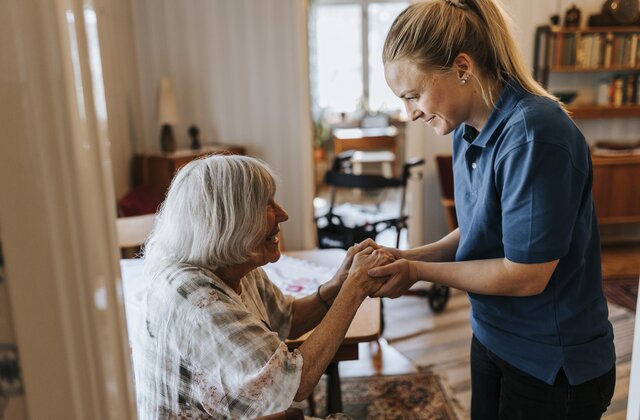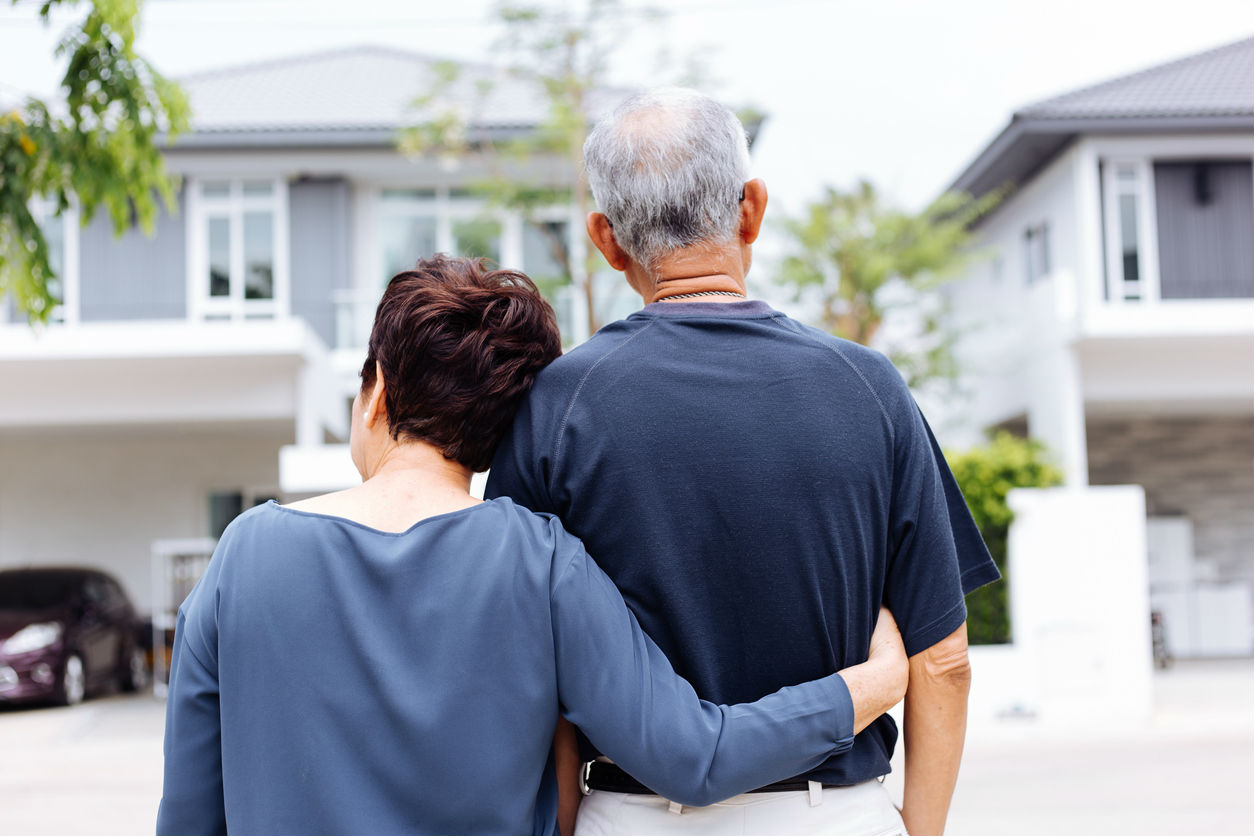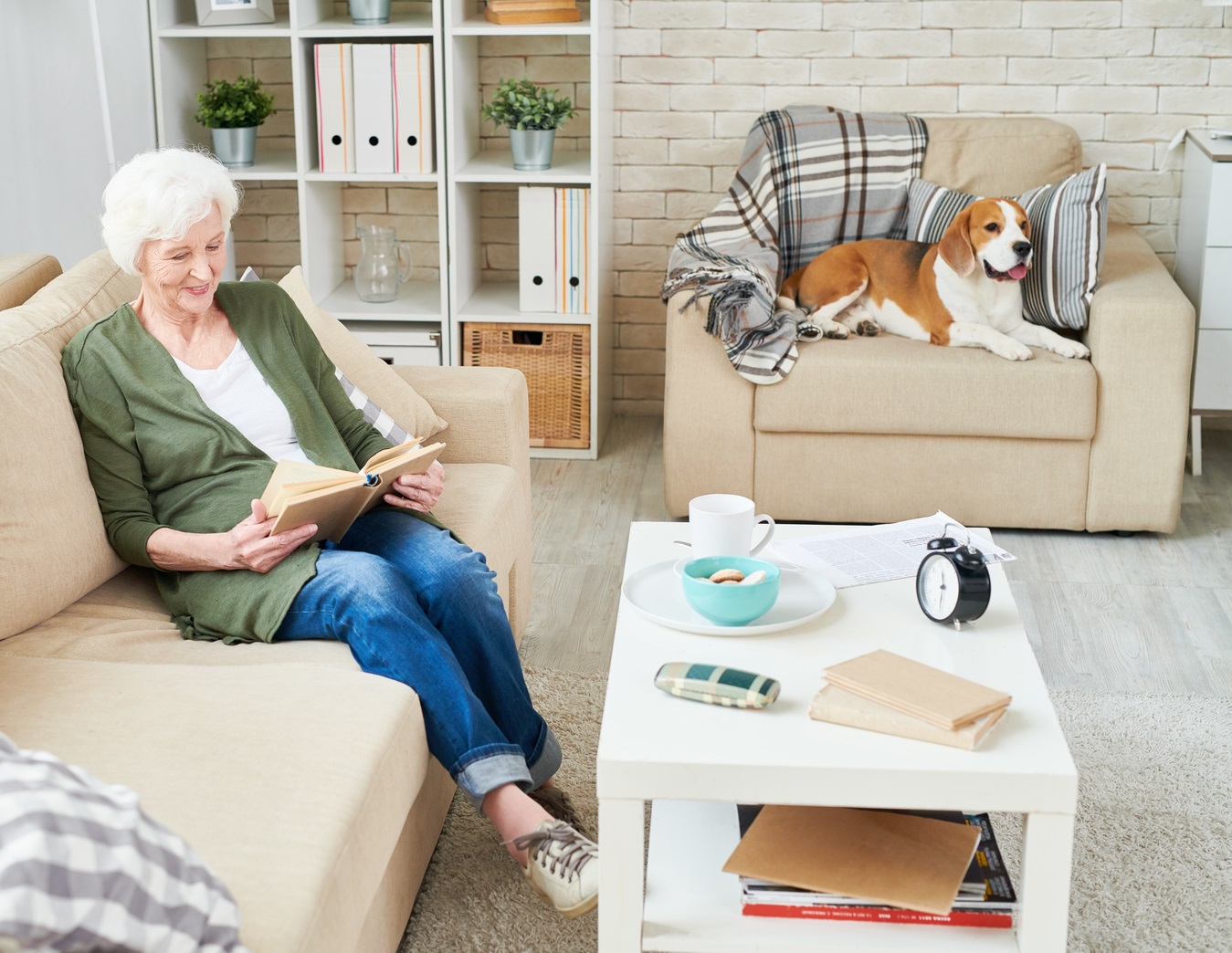In today’s fast-paced world, ensuring the safety of our loved ones, especially the elderly, is a priority. One of the most significant concerns for family caregivers is the risk of falls. Integrating fall detection with proactive alerts provides a solution that not only detects falls but also prevents them, offering peace of mind to caregivers and independence to the elderly.

Understanding Fall Detection Technology
Fall detection technology involves using sensors and algorithms to identify a fall in real-time. These devices are often wearable and can distinguish between a fall and other activities like sitting or lying down. They are essential in ensuring quick response times and reducing the risk of severe injuries.
How Proactive Alerts Work
Proactive alerts are notifications sent to caregivers or emergency contacts when a fall is detected. This feature allows for immediate action, whether that means contacting emergency services or alerting a nearby family member. The alerts can be sent via text, phone call, or through a connected app.
The Importance of Fall Detection
Falls are a leading cause of injury among the elderly. According to a study published in Ageing & Society, falls can lead to severe injuries and even fatalities. This highlights the importance of early detection and intervention.
Reducing the Impact of Falls
By integrating fall detection with proactive alerts, the impact of falls can be significantly reduced. Quick responses can prevent further injury and provide necessary medical attention promptly.
Benefits of Proactive Alerts
The benefits of proactive alerts extend beyond immediate response. They provide peace of mind to caregivers, knowing that their loved ones are monitored and safe. Additionally, they empower the elderly, allowing them to maintain independence without compromising safety.
Technological Advancements in Fall Detection
Recent advancements in technology have made fall detection more accurate and reliable. Devices now incorporate smart algorithms and IoT technology, enhancing their ability to detect falls accurately. Read more about how IoT sensors are transforming daily living.
Choosing the Right Fall Detection Device
When selecting a fall detection device, it’s crucial to consider factors such as accuracy, ease of use, and connectivity. Some devices offer additional features like GPS tracking and health monitoring, providing comprehensive care solutions.
Wearable vs. Non-Wearable Devices
Wearable devices are popular due to their convenience, but non-wearable options like home sensors are also available. These sensors can be strategically placed around the home to detect falls in real-time.
Integrating Fall Detection into Daily Life
Integrating fall detection into daily life is seamless with modern technology. Devices can be synced with smartphones, allowing caregivers to monitor their loved ones remotely. Learn more about smart elderly care solutions.
Overcoming Common Challenges
While fall detection systems offer numerous benefits, there are challenges such as false alarms and user reluctance. Educating users on the importance of these devices can help overcome these barriers.
Future of Fall Detection Technology
The future of fall detection technology is promising, with continuous advancements aimed at improving accuracy and user experience. The integration of AI and machine learning is expected to enhance these systems further.
Innovations on the Horizon
Innovations such as AI-driven algorithms and enhanced sensor technology are on the horizon, promising more reliable and user-friendly fall detection systems.
Conclusion
Integrating fall detection with proactive alerts is a crucial step towards ensuring the safety and well-being of the elderly. These systems not only provide immediate assistance in the event of a fall but also offer peace of mind to caregivers and independence to the elderly. As technology continues to evolve, the capabilities of these systems will only improve, making them an indispensable tool in elderly care.

Frequently Asked Questions (FAQs)
What is fall detection?
Fall detection is a technology that uses sensors and algorithms to identify when a person has fallen. It is often used in devices designed to monitor the safety of the elderly or individuals with mobility issues.
How do proactive alerts work?
Proactive alerts are notifications sent to caregivers or emergency contacts when a fall is detected. These alerts enable immediate action, such as contacting emergency services or alerting a nearby family member.
Are fall detection devices reliable?
Yes, modern fall detection devices are designed to be highly reliable, using advanced sensors and algorithms to accurately detect falls. However, it’s essential to choose a device that suits the user’s needs and lifestyle.
This article contains affiliate links. We may earn a commission at no extra cost to you.






